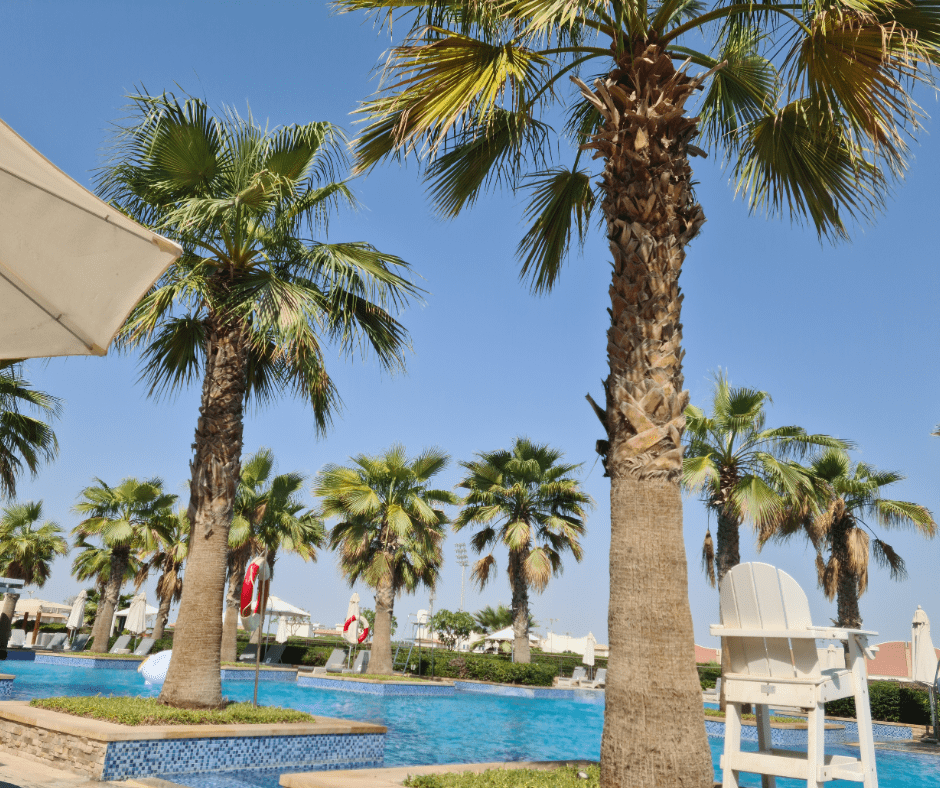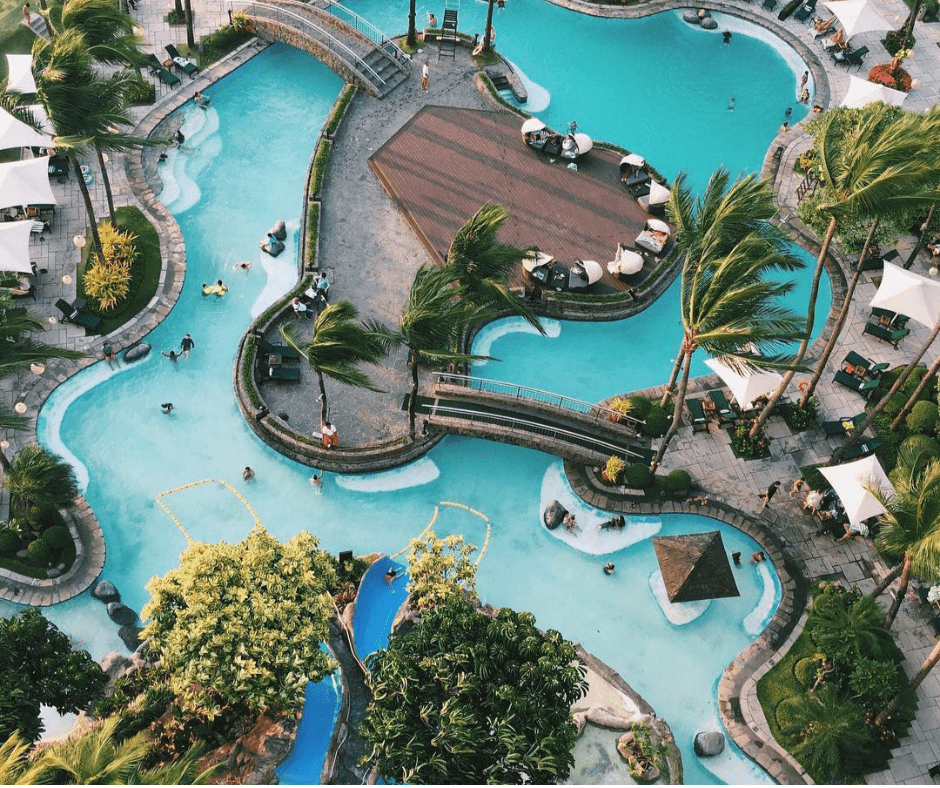Capturing the perfect photo at the Burj Khalifa is a thrilling challenge that can yield stunning results with the right approach. As the world’s tallest building, the Burj Khalifa offers numerous opportunities for breathtaking shots, but achieving that perfect picture requires careful planning and technique. Whether you’re a seasoned photographer or a first-time visitor, these 10 expert tips will help you make the most of your photoshoot, ensuring your images truly reflect the grandeur and beauty of this iconic Dubai landmark.
Table of Contents

Key Factors to Consider for a Perfect Photo Shoot
Capturing stunning photos of the Burj Khalifa requires more than just a camera and a good eye. To make the most of your photoshoot, it’s important to consider several key factors, such as the time of day, weather, and equipment. By planning and understanding these elements, you can ensure your pictures perfectly showcase the beauty and grandeur of this iconic landmark.
- Time of Day: The lighting at different times of the day can dramatically change the look of your photos. Early morning or late afternoon (golden hour) provides soft, warm light, while night photography captures the building’s illuminated grandeur.
- Weather Conditions: Check the weather forecast before your shoot. Clear skies provide vibrant colors and sharp details, while cloudy days can add moodiness to your photos. Avoid shooting during sandstorms or fog unless you want a specific effect.
- Location and Perspective: Choose your shooting location carefully. Different vantage points, such as the ground level, nearby rooftops, or the observation deck, offer unique perspectives of the Burj Khalifa. Consider experimenting with various angles to capture its height and scale.
- Photography Equipment: Bring the right gear, such as a tripod for stability during low-light conditions, a wide-angle lens to capture the full height of the building, and extra batteries and memory cards. This ensures you’re prepared for any shot.
- Camera Settings: Adjust your camera settings according to the time of day and desired effect. For night photography, use a low ISO and longer exposure time. For day shots, a smaller aperture will help maintain sharpness and detail throughout the image.
- Composition Techniques: Utilize leading lines, framing, and the rule of thirds to create balanced and engaging compositions. Incorporate elements like nearby buildings, reflections, or people to add context and interest to your photos.
- Crowd Control: The area around the Burj Khalifa can be crowded, especially during peak tourist times. Plan your shoot for early morning or late evening to avoid large crowds and get clear shots of the building.
- Security and Permissions: Be aware of any restrictions or rules for photography around the Burj Khalifa, especially if using professional equipment. In some cases, a permit may be required for commercial photo shoots.
- Safety Considerations: Ensure your safety and that of your equipment, especially when shooting from high vantage points or in crowded areas. Keep an eye on your belongings and be mindful of your surroundings.
- Cultural sensitivity: Dubai has specific cultural norms and regulations. Dress appropriately and respect local customs, especially when photographing in public areas around the Burj Khalifa.

10 Creative Burj Khalifa Photography Ideas for Perfect Pictures
Planning a Burj Khalifa photoshoot offers endless opportunities to capture the beauty of this iconic skyscraper. Whether you want to focus on its towering architecture or the vibrant surroundings, these creative photo ideas will help you take stunning pictures that showcase the best of Dubai’s skyline.
Here are 10 detailed ideas for capturing the perfect photoshoot at the Burj Khalifa:
- Golden Hour Magic: Plan your Burj Khalifa photoshoot during the golden hour—shortly after sunrise or just before sunset. The soft, warm light during this time adds a magical glow to the building, reducing harsh shadows and creating a more flattering look. The sky’s warm hues can complement the structure, enhancing the overall composition of your photo.
- Utilize Reflections: Look for reflective surfaces around the Burj Khalifa, such as water bodies or glass buildings, to capture unique photo ideas. By framing the building’s reflection in a puddle or a nearby lake, you can create a mirror effect that adds depth and an artistic twist to your pictures, making them stand out from standard shots.
- Night Photography: The Burj Khalifa comes alive at night with stunning illuminations that change color and pattern. Use a tripod and a slower shutter speed to capture sharp images with vibrant lights. Experiment with long exposures to create light trails from passing cars, adding a dynamic element to your photos that showcases the city’s bustling nightlife.
- Play with Perspectives: Get creative with different angles and perspectives to capture the Burj Khalifa from a unique viewpoint. Instead of shooting from the traditional ground level, try getting low to the ground or using a wide-angle lens to emphasize the building’s towering height. Alternatively, find a nearby high vantage point to capture a sweeping view of the skyline with the Burj Khalifa as the focal point.
- Incorporate the Foreground: Add depth to your Burj Khalifa pictures by including elements in the foreground. Use palm trees, fountains, or sculptures to frame the building and give your photos a layered, more dynamic feel. This approach helps convey a sense of scale and adds context to the towering structure.
- Silhouettes at Sunset: As the sun sets behind the Burj Khalifa, use the fading light to create dramatic silhouettes. Position yourself so the building is between you and the setting sun, and adjust your camera settings to expose for the sky. This technique creates a striking contrast between the dark outline of the building and the colorful sky, resulting in captivating photos.
- Capture the Surrounding Cityscape: The Burj Khalifa isn’t just a standalone marvel; it’s part of Dubai’s vibrant skyline. Include surrounding skyscrapers and landmarks in your frame to provide a sense of location and context. This approach is great for capturing the bustling city atmosphere and showing the Burj Khalifa as part of the dynamic urban environment.
- Detail Shots of Architecture: Don’t just focus on the whole building; capture the intricate details of the Burj Khalifa’s design. Zoom in on specific architectural elements like the spire, the patterned cladding, or the geometric shapes that define its structure. These close-up shots highlight the craftsmanship and unique features that might be missed in wider shots.
- Use Leading Lines: Use elements like roads, pathways, or the edges of buildings to create leading lines that draw the viewer’s eye towards the Burj Khalifa. This technique enhances your composition by guiding the viewer’s gaze directly to the main subject, making your photo more engaging and visually appealing.
- Capture Movement and Activity: To add a lively element to your Burj Khalifa photoshoot, capture the movement of people, vehicles, or fountains in the area. Whether it’s the motion of the Dubai Fountain below or tourists admiring the view, incorporating movement adds energy and tells a more comprehensive story of the location.
By applying these ideas, you can elevate your Burj Khalifa photoshoot, creating a diverse collection of stunning images that showcase both the grandeur and the subtleties of this architectural masterpiece.

Additional Tips
Capturing the perfect photo at the Burj Khalifa can be an exciting challenge. Here are ten tips to help you get a stunning shot:
- Time Your Visit: For the best light, visit early in the morning or late in the afternoon. The golden hour provides soft, flattering light, while the evening offers dramatic sunset views.
- Use a Wide-Angle Lens: A wide-angle lens is essential to capture the entire height of the Burj Khalifa, especially from close-ups. It helps you fit the building into your frame without distortion.
- Find the Right Angle: Explore different perspectives. For a striking shot, consider shooting from the base of the building, or use nearby structures or reflections in water features for a unique angle.
- Include the Surroundings: Incorporate the surrounding landscape, such as the Dubai Fountain or the city skyline, to give context and scale to the Burj Khalifa.
- Use a Tripod: For sharp, stable shots, especially in low light conditions, use a tripod. It helps avoid camera shake and allows for longer exposure times.
- Shoot in RAW: Use the RAW format for maximum flexibility in editing. It preserves more detail and allows you to adjust exposure and colors in post-processing.
- Adjust Your Settings: For a clear and sharp image, use a smaller aperture (high f-stop number) to ensure a greater depth of field. Adjust your ISO to keep noise levels low.
- Capture Reflections: Look for reflective surfaces like glass buildings or water features to capture stunning mirrored images of the Burj Khalifa.
- Experiment with Night Photography: The Burj Khalifa lights up beautifully at night. Use longer exposure times to capture the illuminated tower and the vibrant city lights.
- Be Patient and Persistent: Sometimes, the perfect shot requires waiting for the right moment, especially for capturing dynamic lighting or the right composition. Be prepared to take multiple shots to get the one you want.
Conclusion
In conclusion, photographing the Burj Khalifa offers an exciting opportunity to capture one of the world’s most iconic landmarks. By carefully considering factors like weather conditions, timing, and camera settings, you can ensure that your photos highlight the building’s impressive scale and architectural elegance. With these tips in hand, you’re well-equipped to create stunning images that truly reflect the majesty of the Burj Khalifa and your unique perspective on this architectural marvel.




